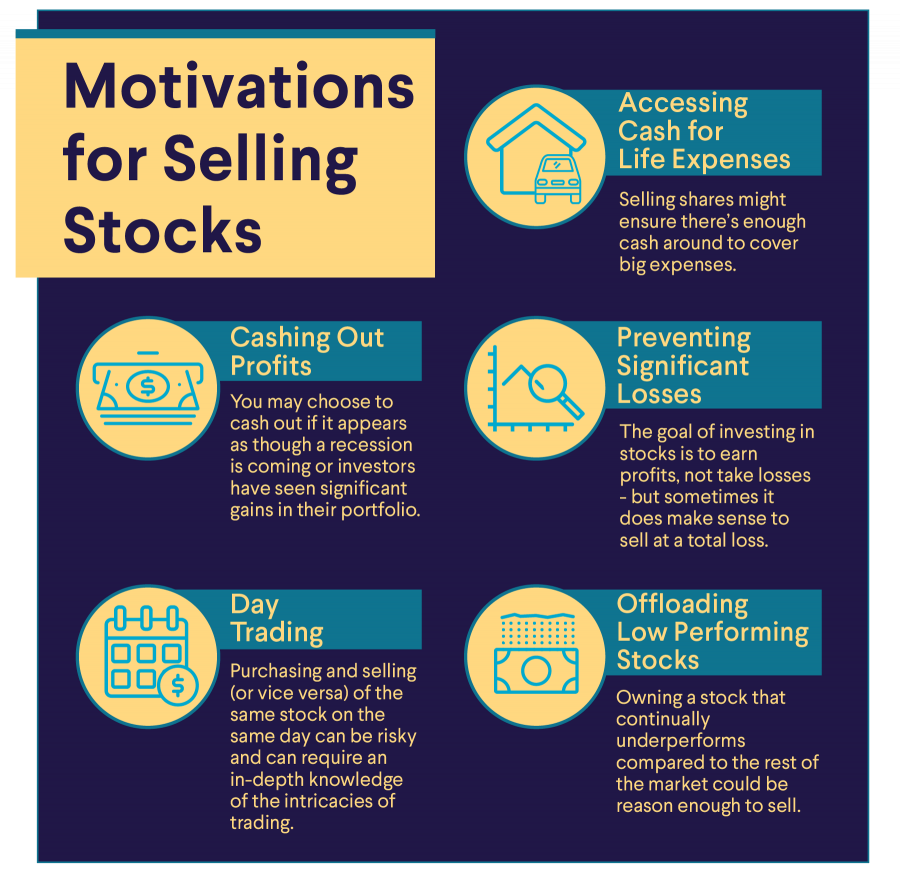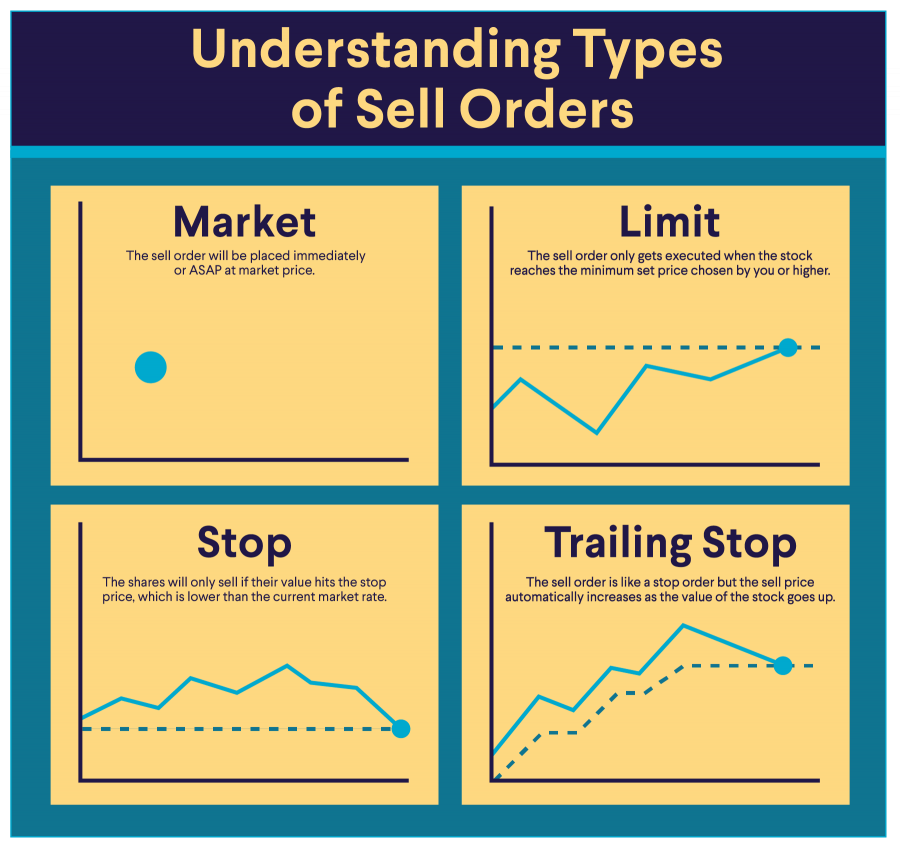Benefits of ETFs — Pros & Cons in Investment Portfolio
Exchange-traded funds (ETFs) are funds that can be used to build a relatively simple and low-cost diverse portfolio. There are many investing benefits to ETFs, which is why they’ve grown in popularity both for DIY investors and for more traditional money managers. However, there are cons investors should be aware of, too.
Key Points
• ETFs offer diversified exposure across various assets, potentially reducing large swings in overall portfolio value.
• They tend to be cost-effective due to lower management fees compared to mutual funds.
• ETFs provide flexibility with real-time trading, similar to stocks.
• Tax efficiency is enhanced in ETFs because of fewer capital gains distributions.
• However, ETFs can have hidden costs like bid-ask spreads and brokerage fees.
What Are the Benefits of ETFs?
Exchange-traded funds (ETFs) have become increasingly popular in recent years, especially with the rise of online investing allowing people to buy and sell them quickly.
As an investment tool, ETFs have become popular: there were almost 10,000 ETFs in the world with trillions of dollars in assets under management (AUM) at the end of 2023. In the U.S., there was more than $7 trillion in AUM in ETFs.
Here are some of the benefits of ETFs, which has helped spur their popularity.
ETFs Trade Similar to Stocks
ETFs are traded on stock exchanges and can be bought and sold throughout the day, like individual stocks. The market determines the price for a share of an ETF and changes throughout the day. This means investors can buy and sell ETFs efficiently, making them a convenient investment option.
Portfolio Diversification
An additional benefit of an ETF is that you don’t need a lot of money to invest in many different things. One share of an ETF offers investors a way to diversify their portfolio by investing in a basket of assets, such as stocks, bonds, or commodities, rather than just a single asset. This can help to reduce the overall risk of an investment portfolio.
Accessible Across Markets
There is also a range of ETFs on the market now: stocks, bonds, commodities, real estate, and hybrids that offer a mix. ETFs also vary in how they target certain assets — aggressively or defensively, specific to one asset class or broad. So investors should be able to find what they want and build a diverse portfolio.
Lower Costs
Most ETFs are passively managed and track a benchmark index, meaning portfolio managers don’t actively manage the fund to try to beat the market or an index. Passive investing, as opposed to active investing, may be more cost-effective because there tends to be less overhead and fewer investment fees.
Because there is often less overhead, ETFs generally charge investors a lower operating expense ratio than actively managed mutual funds. The operating expense ratio is the annual rate the fund charges to pay for portfolio management, administration, and other costs.
There are other costs investors need to consider, like commissions for trades and a bid/ask spread.
Recommended: What Are the Different Types of Investment Fees?
Tax Efficiency
ETFs tend to be more tax efficient than mutual funds because they typically generate fewer capital gains and capital gains taxes. This is because passively managed ETFs tend to have lower turnover than actively managed mutual funds, which means they sell fewer assets and, thus, result in fewer capital gains.
Transparency
ETFs generally disclose their holdings daily, so investors can see exactly what assets the ETF holds. This can be helpful for investors who want to know what they are investing in.
Flexibility
ETFs can be used as a part of various investment strategies, including as part of a long-term buy-and-hold strategy or as a short-term trading tool. This makes them a flexible investment option for a wide range of investors.
Moreover, investors can trade thematic ETFs — funds focusing on a specific trend or niche industry, like robotics, artificial intelligence, or gender equality. However, there are pros and cons to thematic ETFs. While they allow investors to make more targeted investments, the shares of these funds can be volatile. Because they’re so focused, these ETFs may also diminish the most important benefit of ETFs: broad, diverse exposure.
Disadvantages of ETFs
While ETFs offer many benefits to investors, there are also some potential disadvantages to consider. These disadvantages include the following:
Lack of Personalization
Because ETFs are not actively managed, they do not consider an investor’s specific financial goals or risk tolerance. A lack of personalization means that ETF investors may be unable to tailor their investment portfolio to their particular financial needs.
Tracking Error
ETFs are usually designed to track the performance of a particular index or basket of assets. However, the performance of the ETF may not precisely match the performance of the underlying index due to various factors, such as the fund’s expenses or the timing of when it buys and sells assets. This is known as a tracking error.
Short-Term Trading Costs
ETFs can be traded on the market throughout the day, making them attractive to short-term traders. However, the commission costs of trading ETFs can add up over time, which can eat into investment returns.
Limited Choices
While many ETFs are available, the range of options may be limited compared to other investment vehicles, such as mutual funds. Thus, investors may be unable to find an ETF that perfectly matches their investment needs.
Recommended: ETFs vs. Mutual Funds: Learning the Difference
Counterparty Risk
Certain ETFs may use financial instruments, such as futures contracts or swaps, to gain exposure to specific assets. These instruments carry counterparty risk, which means that there is a risk that the counterparty will not fulfill its obligations under the contract. This can expose ETF investors to additional risks.
Complexity
Some ETFs use complex investment strategies, such as leveraged or inverse ETFs, which can be difficult for some investors to understand. Complex investing strategies can make it challenging for investors to fully understand the risks and potential returns of these types of ETFs.
Market Risk
ETFs, like all investments, are subject to market risk, meaning the value of an ETF can go up or down depending on the performance of the underlying assets.
What to Consider When Investing in ETFs
When investing in ETFs, it is essential to consider the following factors:
• Investment objective: Determine your investment goals and how ETFs fit into your overall investment strategy. This can help you choose an ETF that aligns with your financial goals and risk tolerance.
• Asset class: Consider which asset classes you want to invest in and whether an ETF that tracks those assets is available. For example, if you want to invest in large-cap domestic stocks, look for an ETF that tracks a particular large-cap domestic stock index.
• Diversification: ETFs offer a way to diversify your investment portfolio by investing in a basket of assets rather than just a single asset. Consider the level of diversification an ETF offers and whether it aligns with your investment goals.
• Expenses: ETFs typically have lower fees than mutual funds because they are not actively managed. However, it is still important to compare the expenses of different ETFs to ensure you are getting the best value for your money.
• Tax considerations: ETFs tend to be more tax efficient than mutual funds because they generate fewer capital gains. However, it is still important to consider the tax implications of investing in an ETF and whether it aligns with your overall financial plan.
Investing With SoFi
ETFs are becoming increasingly more popular and ubiquitous in the financial markets, with some being more targeted in focus than others. So, being aware of an ETF’s investments can be important for an investor who chooses to put dollars into this financial vehicle. But, as with any investment, they have their pros and cons, which investors should familiarize themselves with before investing.
Ready to invest in your goals? It’s easy to get started when you open an investment account with SoFi Invest. You can invest in stocks, exchange-traded funds (ETFs), mutual funds, alternative funds, and more. SoFi doesn’t charge commissions, but other fees apply (full fee disclosure here).
FAQ
What is the benefit of investing in an exchange-traded fund?
Exchange-traded funds (ETFs) offer investors a convenient and cost-effective way to diversify their portfolios by investing in a basket of assets. ETFs are also typically more tax efficient than mutual funds and offer investors the ability to buy and sell their shares on a stock exchange.
Are ETFs a good investment?
Depending on their investment goals and risk tolerance, ETFs may be a good investment for some investors. ETFs offer a convenient and cost-effective way to diversify a portfolio and provide access to a wide range of asset classes. However, it is important for investors to consider the specific ETF they are considering and how it fits into their overall investment plan.
Why are ETFs better than stocks?
For some investors, ETFs may be a better investment option than individual stocks because they offer diversification by investing in a basket of assets rather than just a single stock.
Is an ETF better than a mutual fund?
Whether an ETF is better than a mutual fund depends on the specific circumstances of the investor and their investment goals. ETFs tend to have lower fees than mutual funds because they are not actively managed and may also be more tax efficient due to their lower turnover. However, mutual funds offer a more comprehensive range of investment options and may be more suitable for some investors.
SoFi Invest® INVESTMENTS ARE NOT FDIC INSURED • ARE NOT BANK GUARANTEED • MAY LOSE VALUE
1) Automated Investing and advisory services are provided by SoFi Wealth LLC, an SEC-registered investment adviser (“SoFi Wealth“). Brokerage services are provided to SoFi Wealth LLC by SoFi Securities LLC.
2) Active Investing and brokerage services are provided by SoFi Securities LLC, Member FINRA (www.finra.org)/SIPC(www.sipc.org). Clearing and custody of all securities are provided by APEX Clearing Corporation.
For additional disclosures related to the SoFi Invest platforms described above please visit SoFi.com/legal.
Neither the Investment Advisor Representatives of SoFi Wealth, nor the Registered Representatives of SoFi Securities are compensated for the sale of any product or service sold through any SoFi Invest platform.
Financial Tips & Strategies: The tips provided on this website are of a general nature and do not take into account your specific objectives, financial situation, and needs. You should always consider their appropriateness given your own circumstances.
Exchange Traded Funds (ETFs): Investors should carefully consider the information contained in the prospectus, which contains the Fund’s investment objectives, risks, charges, expenses, and other relevant information. You may obtain a prospectus from the Fund company’s website or by email customer service at https://sofi.app.link/investchat. Please read the prospectus carefully prior to investing.
Shares of ETFs must be bought and sold at market price, which can vary significantly from the Fund’s net asset value (NAV). Investment returns are subject to market volatility and shares may be worth more or less their original value when redeemed. The diversification of an ETF will not protect against loss. An ETF may not achieve its stated investment objective. Rebalancing and other activities within the fund may be subject to tax consequences.
Investment Risk: Diversification can help reduce some investment risk. It cannot guarantee profit, or fully protect in a down market.
Claw Promotion: Customer must fund their Active Invest account with at least $25 within 30 days of opening the account. Probability of customer receiving $1,000 is 0.028%. See full terms and conditions.
SOIN-Q424-028
Read more





